The works reproduced here are part of Hayv Kahraman’s solo exhibition
Gut Feelings, The Mosaic Rooms, London (2022). From the catalogue (courtesy of: pilarcorrias.com):
The body of work on display builds upon the artist’s scientific research into psychotherapeutic neurological models of ‘neurosculpting’ – the potential to rewrite neural pathways. Kahraman radically reclaims the gut – our so-called ‘second brain’ – as an alternative epistemological engine through which to develop, digest and share new ways of thinking, seeing and relating to disenfranchised peoples.
Emphasising the impact of socio-cultural forces on our somatic states, Kahraman’s artworks centre the digestive organs as the nexus between pain and psychological transfiguration. Female bodies are held in suspension across the canvases, weightless yet shackled by webs of jet-black guts, which they unravel to only then tangle again, knit then unknot, do, undo, learn and unlearn. By their dignified, intent expressions, this is a reality they are accustomed to – re-routing trauma is a task that must be seen to daily.
Kahraman confronts the familiar condition of feeling ‘stuck’, suggesting that the only way to free oneself from this state is not to struggle against it but to accept and work through it.
Several works have been painted with the lilac dye from
torshi – a staple Middle Eastern dish of fermented vegetables said to improve the balance of good and bad bacteria in the gut, and in turn boost brain health. Other works have been painted or drawn on handmade flax fabric, a diaphanous material produced via microbial activity in the soil before it is spun and ‘refined’ into linen.
Using bacteria as an allegory for ‘othered’, vulnerable bodies, Kahraman employs materials that break down and rebuild structures and create sources of nourishment to bodies in need.
thanks to:
Pilar Corrias


